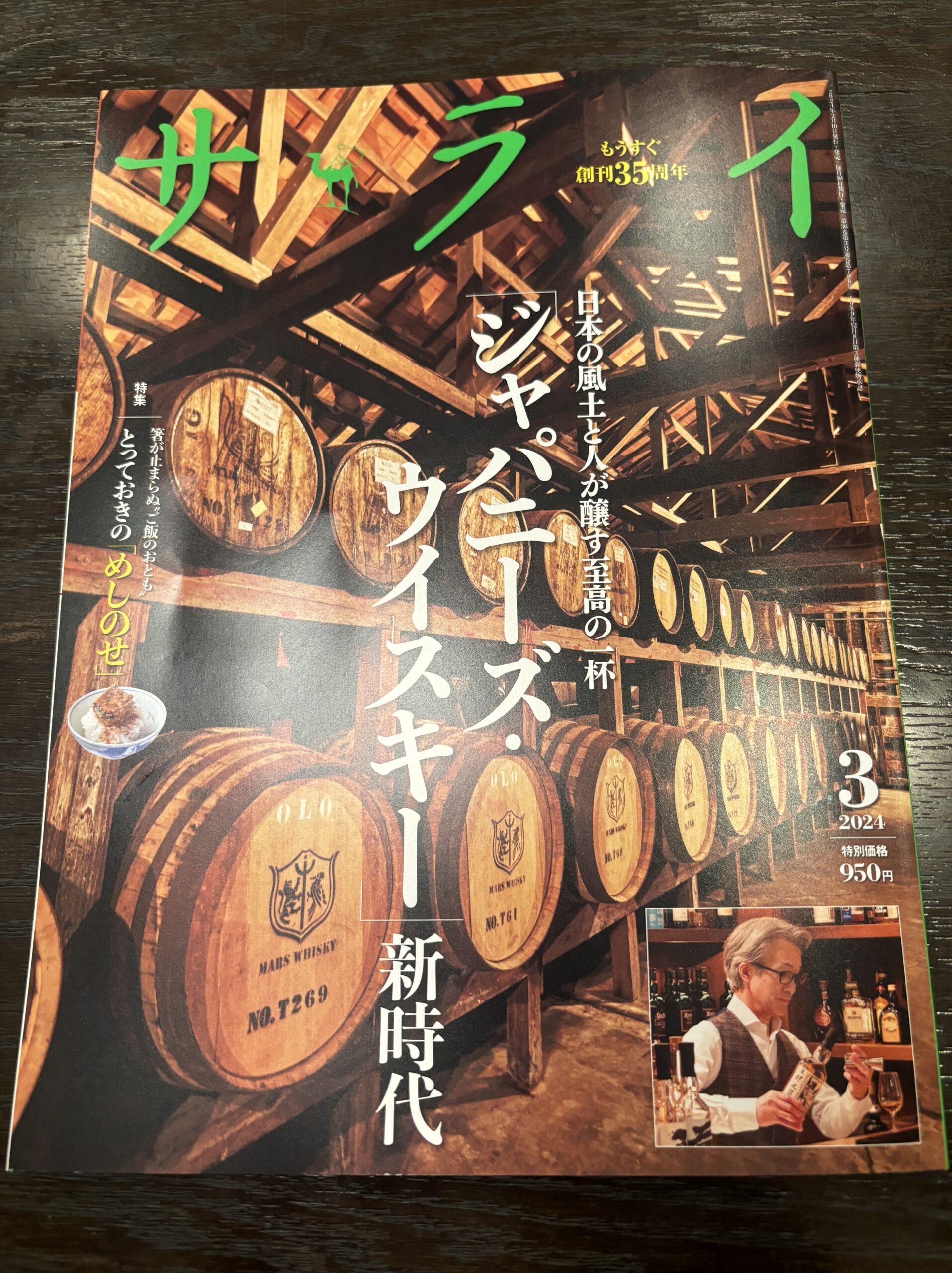Suntory is the most recognized whisky maker in Japan, with its most famous brand being Yamazaki single malt. However, this whisky is hard to find in the market now. Many tourists seek a chance to buy it in bars or liquor shops, but acquiring a single malt Yamazaki with aged labels is challenging. Suntory was the first to distill whisky in Japan. Its founder, Shinjiro Torii, hired Masakata Taketsuru, another significant figure in the Japanese whisky world and the founder of Nikka whisky. Torii was keen on introducing western liqueurs to the Japanese market. He adapted their taste to suit the locals, so the flavor of Yamazaki and Suntory’s whiskies is slightly fruity and sweet. A divergence in taste preference is part of the reason Taketsuru left the company. He wanted to replicate the original taste of Scotch whisky, having studied distillation techniques in Scotland. He set up his distillery, Nikka, in Hokkaido, where the climate is similar to Scotland, producing whisky with a profound malt flavor and a hint of spice and peat.
Yamazaki and Suntory whiskies are suitable for those new to hard liquor. If you’re having a blended whisky from Suntory, like Kaku, it pairs well with soda in a drink called a highball. A highball made with Kaku is called a “Kaku-high” and is very popular in bars and restaurants. Nikka whisky, on the other hand, appeals more to whisky enthusiasts and is best enjoyed neat to savor its unique taste.
The Japanese whisky market was long dominated by these two makers. However, Chichibu whisky, or Ichiro’s malt, has emerged as a third major player after gaining global recognition at the International Spirits Challenge. Ichiro Akutsu, the founder, was an IT engineer who inherited his father’s sake brewing business in the late 1980s. He discovered the unique taste of the whisky casks the brewery had as a side business and decided to establish his own whisky distilleries in the Chichibu area of Saitama prefecture. Ichiro’s whiskies have gained a high reputation worldwide, with the distillery striving to use locally grown barley to express the region’s terroir in its whiskies.
There has been a surge of new craft whisky distilleries across Japan, each utilizing their local terroir. Akkeshi, in eastern Hokkaido, is already making a name for itself with its single malts. In the South, Shochu makers like Kanosuke and Tsunuki have expanded into whisky production. In central Japan, Gaia Flow in Shizuoka prefecture and Saburomaru in Toyama are notable craft whisky makers.
Unfortunately, whiskies from these craft makers are even harder to find. You might get a chance to taste a glass at some bars, and acquiring a bottle usually requires a reservation due to the limited and irregular releases.
The best way to have a memorable experience with Japanese malt whisky is to visit a malt bar that specializes in single malt whiskies. There are many such bars in Tokyo and other cities, and even some towns and villages. In this blog, we share experiences of visiting bars and provide an introduction to bar hopping in Japan. If you search for a malt bar on Google Maps, you can generally trust the scores they receive. You might have less luck in rural areas, but in big cities like Tokyo, Kyoto, Nagoya, or Osaka, you’re unlikely to be disappointed.
Share via:
